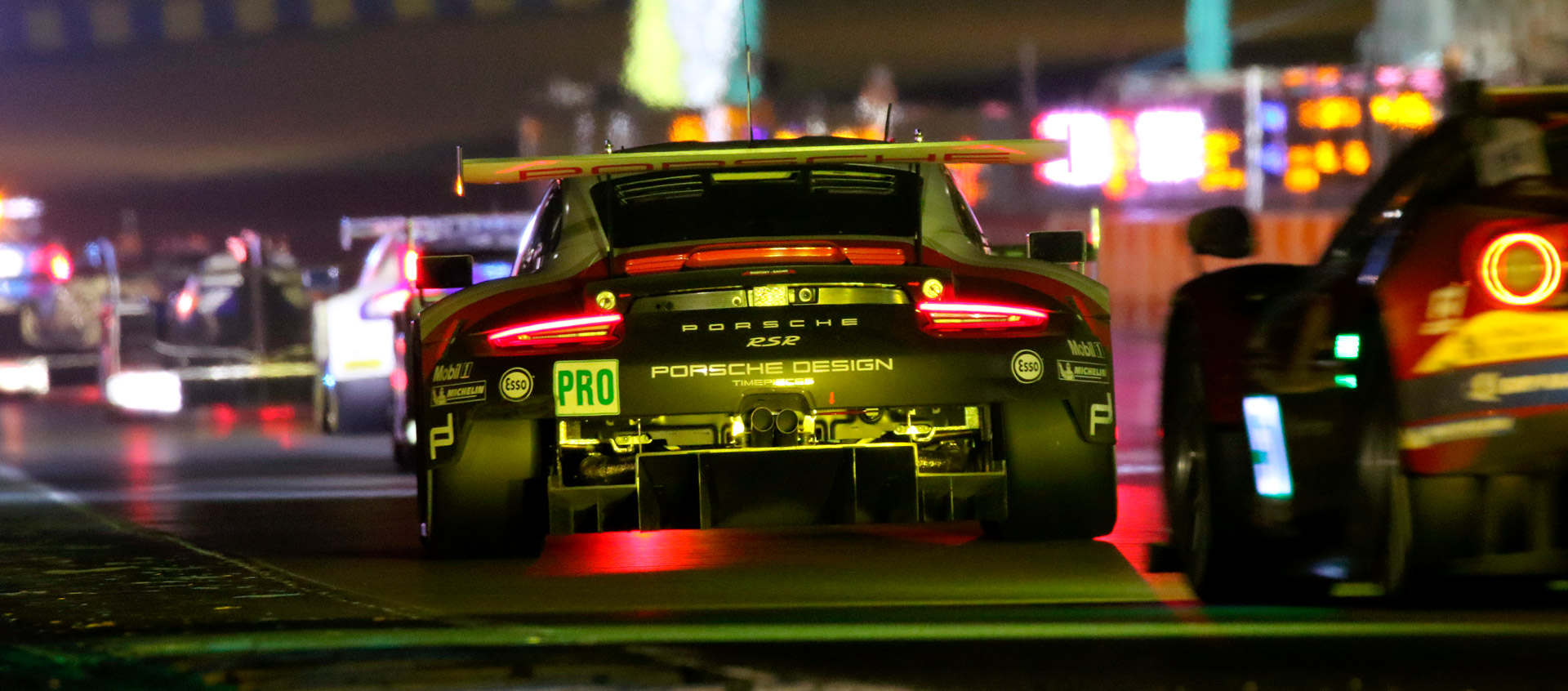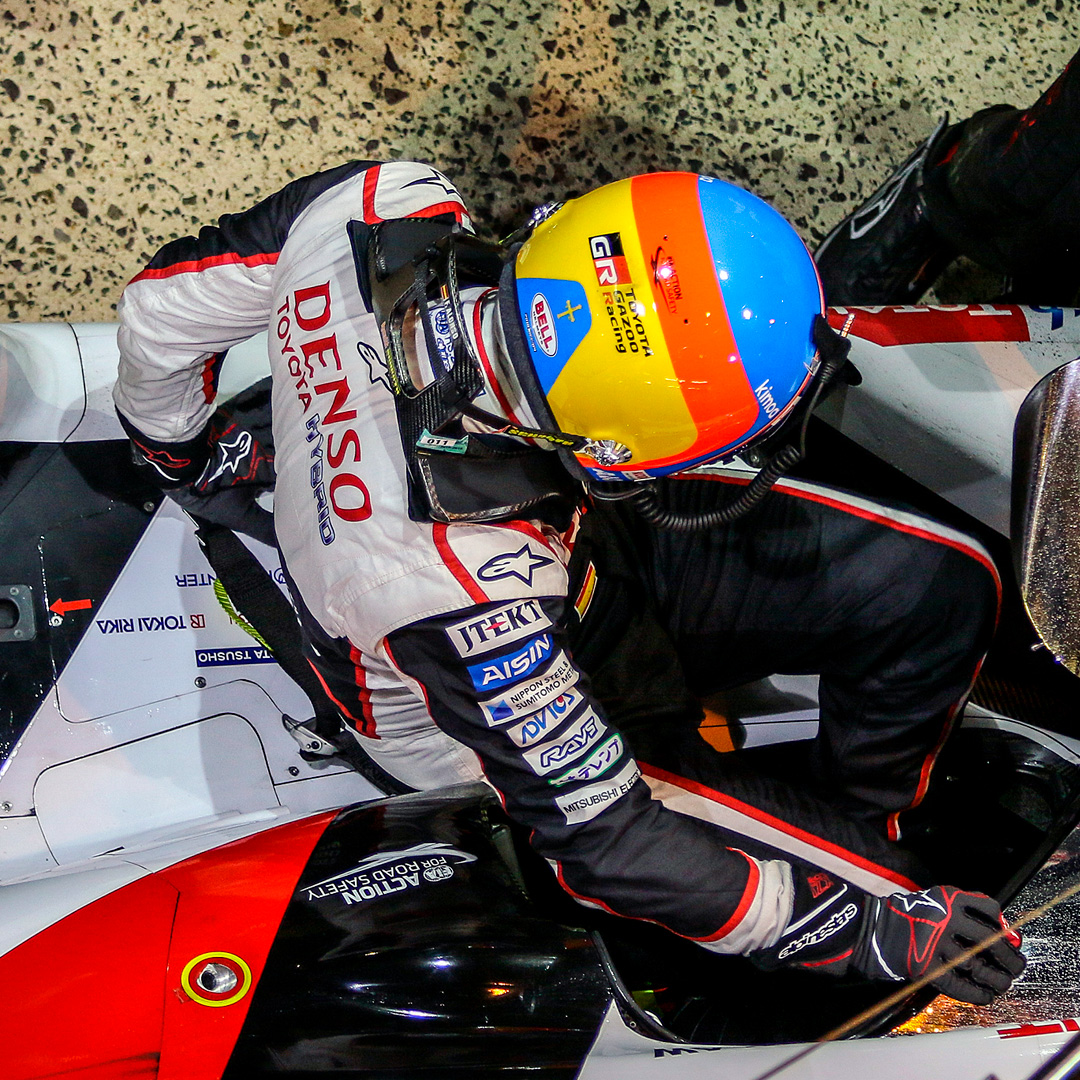A brief history
The Circuit de la Sarthe has its origins in the early 20th century when a group of French car enthusiasts wanted to create a challenging and prestigious venue for motorsport events. The first race on the circuit took place in 1923 and marked the birth of what would become the world famous 24 Hours of Le Mans.
The Circuit de la Sarthe began as a combination of public roads and specially constructed sections and has undergone numerous changes and upgrades over the years. Today, the circuit offers a unique blend of fast straights, sharp chicanes and tight corners, providing a formidable test of skill and endurance for drivers and teams alike.
The 24 Hours of Le Mans
The highlight of the Circuit de la Sarthe calendar is undoubtedly the 24 Hours of Le Mans, also known as the “Grand Prix of Endurance and Efficiency”. First held in 1923, the race has become one of the most prestigious and grueling events in motorsport, attracting top drivers, manufacturers and teams from around the world.
The format of the 24 Hours of Le Mans is simple but demanding: teams must spend a day racing around the challenging circuit while battling fatigue, mechanical problems and unpredictable weather conditions. The race tests not only the speed and reliability of the cars, but also the endurance and determination of the drivers and crew.
Throughout its illustrious history, the 24 Hours of Le Mans has produced countless moments of drama, triumph and tragedy, cementing its status as a cornerstone of motorsport culture. From legendary rivalries and record-breaking performances to heartbreaking crashes and miraculous comebacks, Le Mans remains an event like no other, captivating fans and participants alike with its unparalleled mix of thrills and spectacle.
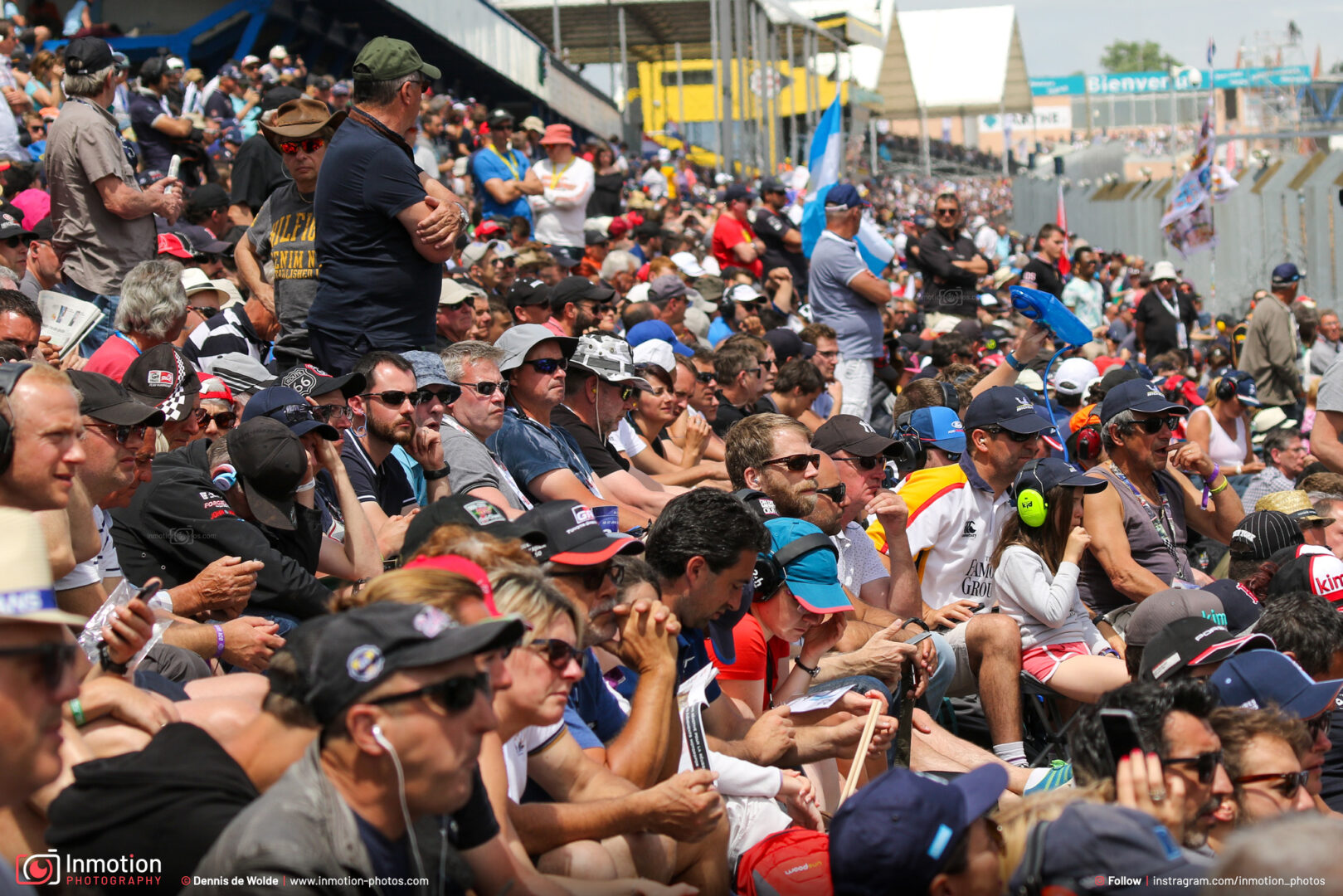
Challenges of the Circuit
The Circuit de la Sarthe presents unique challenges and complexities for drivers and teams, making it one of the most demanding tracks on the motorsport calendar. With its long straights, tight corners, and varying road surfaces, the circuit demands precision, concentration, and adaptability from those who dare to tackle its legendary layout.
One of the most iconic features of the Circuit de la Sarthe is the Mulsanne Straight, a nearly 6-kilometer stretch of road where cars can reach speeds in excess of 300 kilometers per hour. However, this exhilarating speed is quickly followed by the challenging chicanes at Mulsanne and Arnage, where drivers must navigate tight turns and heavy braking zones with precision and finesse.
In addition to its technical challenges, the Circuit de la Sarthe is also known for its unpredictable weather conditions, which can change rapidly throughout the course of the race. From scorching heat to torrential rain, teams must be prepared to adapt their strategies and tactics on the fly, adding an extra layer of complexity to the already demanding event.
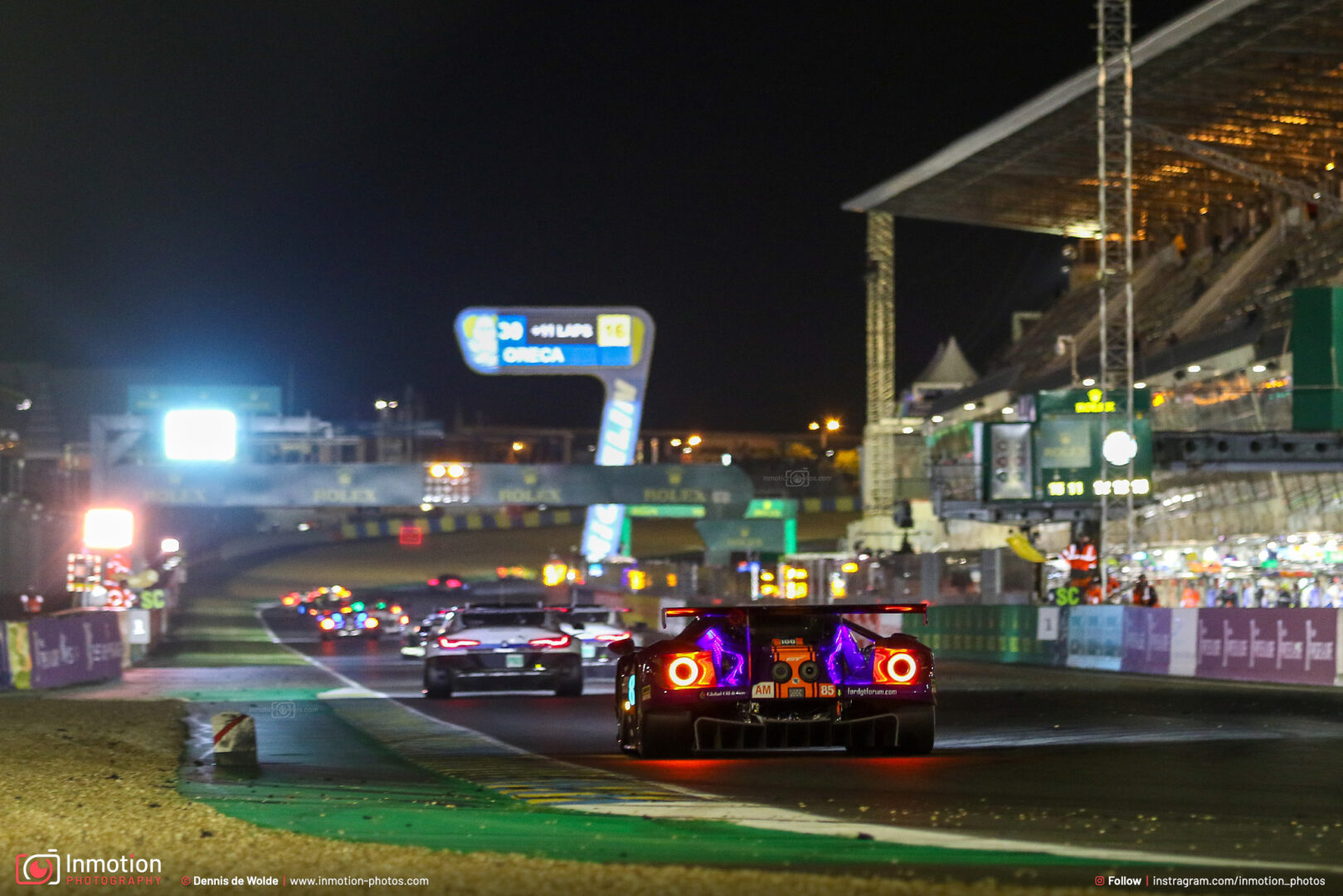
The Electrifying Tradition of the Drivers Parade at Le Mans
Beyond the intense action and adrenaline-fueled excitement of the 24 Hours of Le Mans lies a spectacle that captures the essence of motorsport camaraderie and fan engagement: the Drivers Parade. This beloved tradition, held on the Friday before the legendary endurance race, brings together drivers, teams, and fans for a vibrant celebration of racing spirit and community. In this article, we’ll delve into the history, significance, and electrifying atmosphere of the Drivers Parade at Le Mans, exploring its evolution into a cherished highlight of the motorsport calendar.
A Rich Tradition
The Drivers Parade at Le Mans traces its origins back to the early years of the iconic endurance race. Originally conceived as a simple procession through the streets of Le Mans to showcase the competing cars and drivers to the local community, the event has since evolved into a grand spectacle that attracts thousands of fans from around the world.
Today, the Drivers Parade serves as a festive prelude to the main event, offering fans the opportunity to get up close and personal with their racing heroes and soak up the atmosphere of Le Mans’ historic streets. From vintage cars and classic race cars to modern prototypes and supercars, the parade features a dazzling array of vehicles that represent the rich heritage and diversity of motorsport.
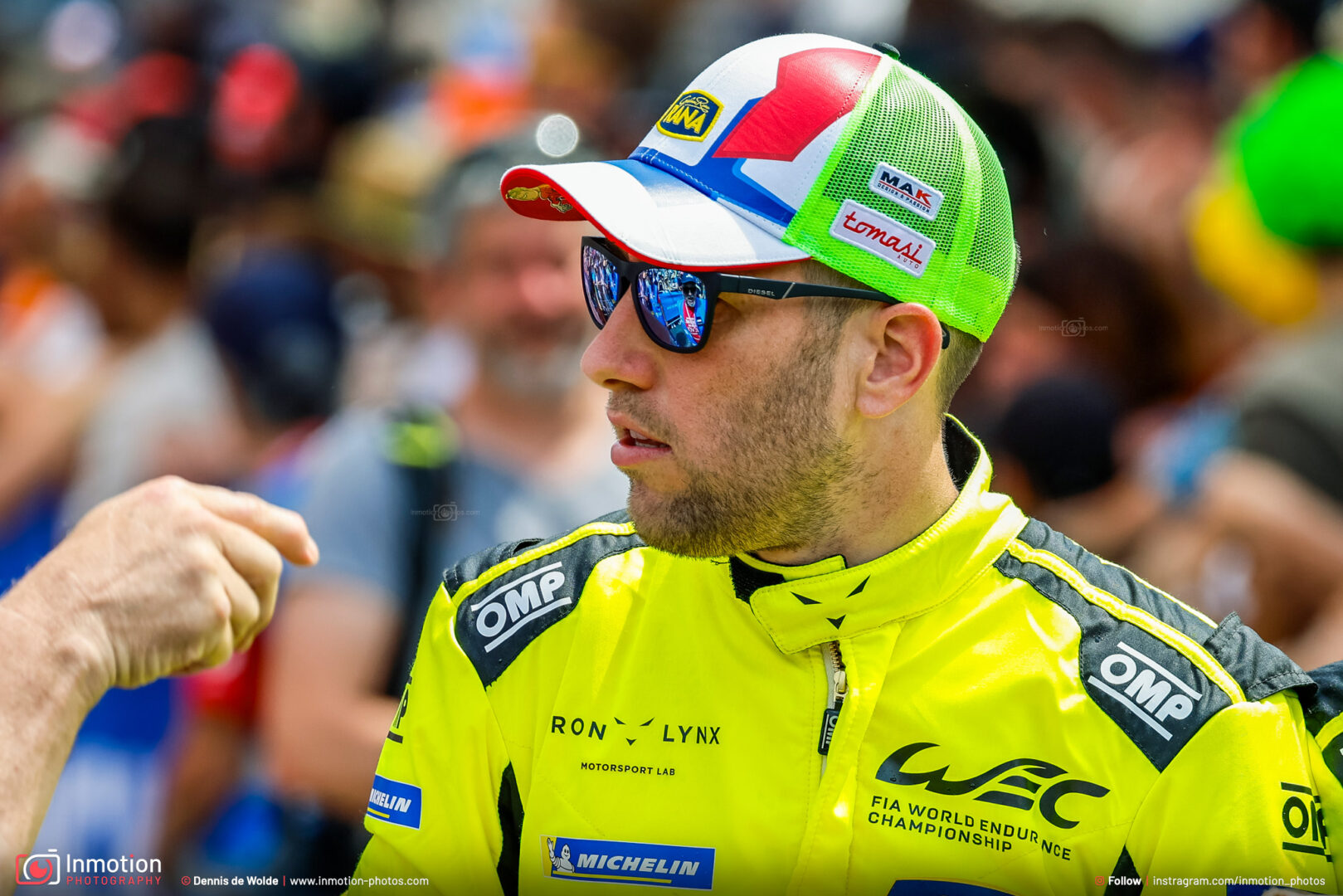
An Unforgettable Experience
For fans, the Drivers Parade is much more than just a chance to see the cars and drivers up close—it’s an immersive and interactive experience that captures the passion and excitement of Le Mans. The streets come alive with the sound of revving engines, cheering crowds, and colorful displays as fans line the route to catch a glimpse of their favorite drivers and teams.
As the procession winds its way through the city center, drivers wave to the crowd, sign autographs, and pose for photos, creating unforgettable moments that forge lasting connections between fans and the world of motorsport. From children waving homemade banners to seasoned enthusiasts sharing stories of Le Mans races past, the Drivers Parade unites fans of all ages and backgrounds in a shared celebration of their love for racing.
A Symbol of Unity
In addition to its role as a festive spectacle, the Drivers Parade also serves as a symbol of unity and solidarity within the motorsport community. It’s a chance for drivers and teams to come together, set aside their rivalries, and celebrate their shared passion for racing. Whether they’re competing for victory on the track or simply enjoying the camaraderie of the parade, the Drivers Parade embodies the spirit of sportsmanship and friendship that defines Le Mans.
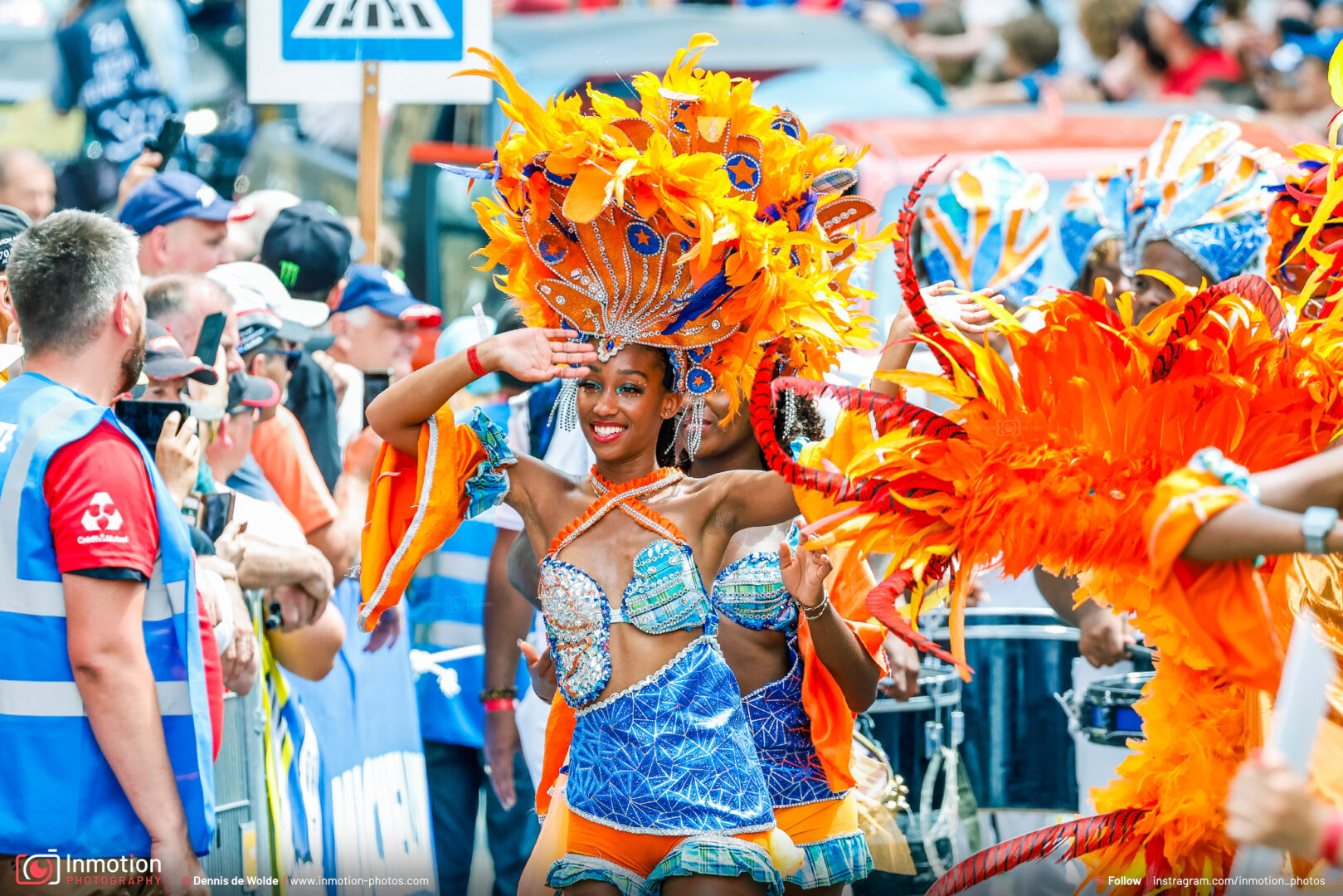
Discovering the Charm and History of Le Mans: A City Steeped in Heritage
Nestled in the picturesque Pays de la Loire region of France, the city of Le Mans beckons visitors with its rich history, architectural splendor, and vibrant cultural scene. Best known as the host of the world-renowned 24 Hours of Le Mans endurance race, this charming city offers much more than just motorsport excitement. In this article, we’ll embark on a journey to explore the allure and heritage of Le Mans, uncovering its hidden treasures, iconic landmarks, and timeless beauty.
A City of History
Le Mans boasts a storied past that dates back over two millennia, with origins tracing to ancient Gallic settlements. As one of the oldest cities in France, Le Mans has witnessed centuries of history, from Roman conquests and medieval wars to Renaissance splendor and modern-day innovation.
One of the city’s most iconic landmarks is the magnificent Le Mans Cathedral, a masterpiece of Gothic architecture renowned for its stunning stained glass windows and towering spires. Built between the 11th and 14th centuries, the cathedral stands as a testament to the skill and craftsmanship of its builders, attracting visitors from around the world with its awe-inspiring beauty.
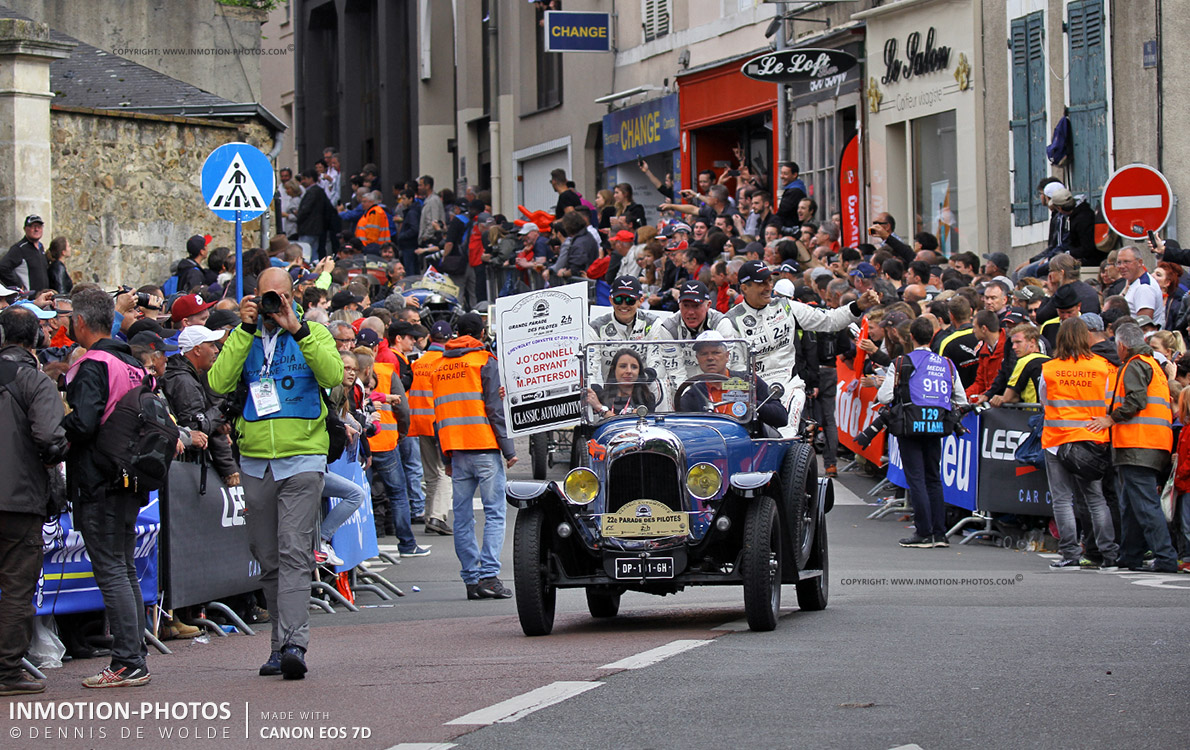
Exploring the Old Town
Wandering through the cobblestone streets of Le Mans’ medieval old town is like stepping back in time to a bygone era. Here, visitors can marvel at well-preserved timber-framed houses, ancient ramparts, and charming squares that evoke the city’s medieval heritage.
The Plantagenet City, named after the powerful Plantagenet dynasty that once ruled over England and parts of France, is a particularly enchanting district known for its narrow alleyways and half-timbered buildings. Stroll along Rue des Changes or Place Saint-Pierre to soak up the ambiance of this historic quarter, where every corner reveals a new architectural gem or hidden courtyard waiting to be discovered.
The Spirit of Motorsport
Of course, no visit to Le Mans would be complete without experiencing the thrill and excitement of the legendary 24 Hours of Le Mans endurance race. Each June, the city comes alive with the roar of engines, the buzz of the crowd, and the spectacle of top racing teams vying for victory on the iconic Circuit de la Sarthe.
The 24 Hours of Le Mans is more than just a race—it’s a celebration of motorsport culture and tradition that draws fans and enthusiasts from around the world. Whether you’re cheering from the grandstands, exploring the paddock, or joining in the festivities of the Drivers Parade, Le Mans offers an unforgettable experience for racing aficionados and casual spectators alike.
